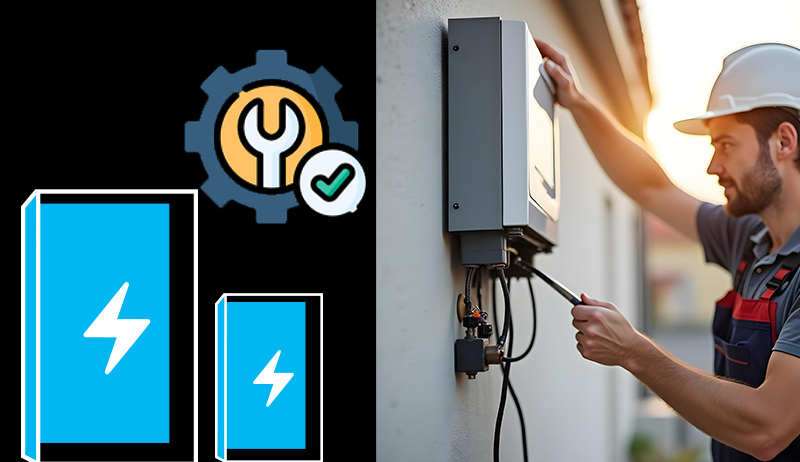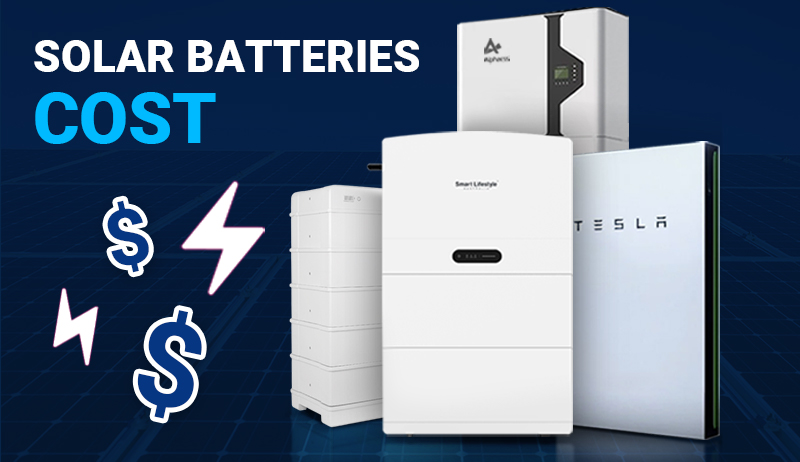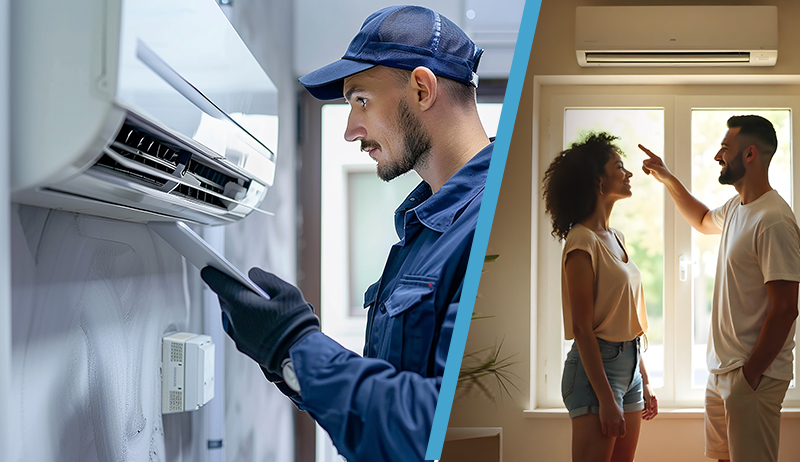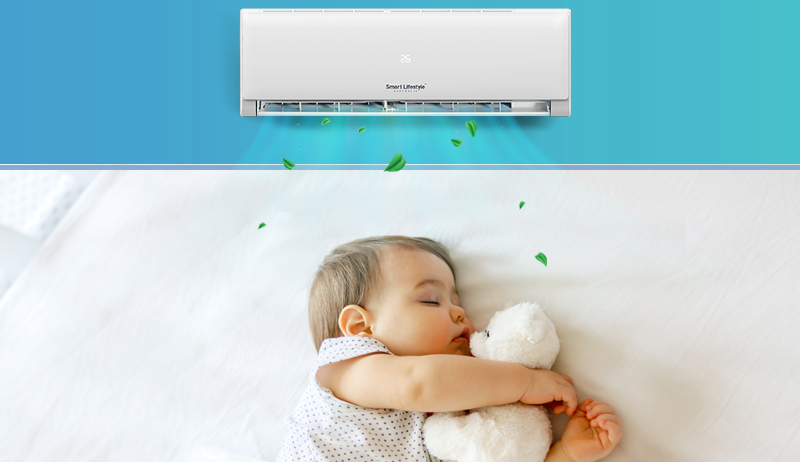Renewable Energy
Has the Fever Broken?
 Many Americans are starting to feel like the lady whose observations we see at left.
Many Americans are starting to feel like the lady whose observations we see at left.
Exactly how this moves forward from here is anyone’s guess. Maybe the Democrats gain a huge majority in Congress in 2026 and then impeach and convict Trump–perhaps joined by lots of Republicans.
There are plenty of different scenarios.
Renewable Energy
Trump and Climate Change
 As shown in this short video, Donald Trump says that climate change is the biggest con job ever perpetrated on Earth.
As shown in this short video, Donald Trump says that climate change is the biggest con job ever perpetrated on Earth.
We are to believe that Trump a) understands the subject better than the thousands of our planet’s top scientists, located in countries all around the globe, and b) he’s telling the truth, where they have somehow gotten together and conspired to lie.
That’s quite a stretch.
Renewable Energy
Can You Stack VEU with Solar or Other Incentives? – Find Out
-
Climate Change3 months ago
Guest post: Why China is still building new coal – and when it might stop
-
Climate Change2 years ago
Spanish-language misinformation on renewable energy spreads online, report shows
-
Greenhouse Gases3 months ago
Guest post: Why China is still building new coal – and when it might stop
-

 Greenhouse Gases1 year ago
Greenhouse Gases1 year ago嘉宾来稿:满足中国增长的用电需求 光伏加储能“比新建煤电更实惠”
-
Climate Change Videos2 years ago
The toxic gas flares fuelling Nigeria’s climate change – BBC News
-

 Climate Change1 year ago
Climate Change1 year ago嘉宾来稿:满足中国增长的用电需求 光伏加储能“比新建煤电更实惠”
-

 Carbon Footprint2 years ago
Carbon Footprint2 years agoUS SEC’s Climate Disclosure Rules Spur Renewed Interest in Carbon Credits
-
Renewable Energy4 months ago
US Grid Strain, Possible Allete Sale









